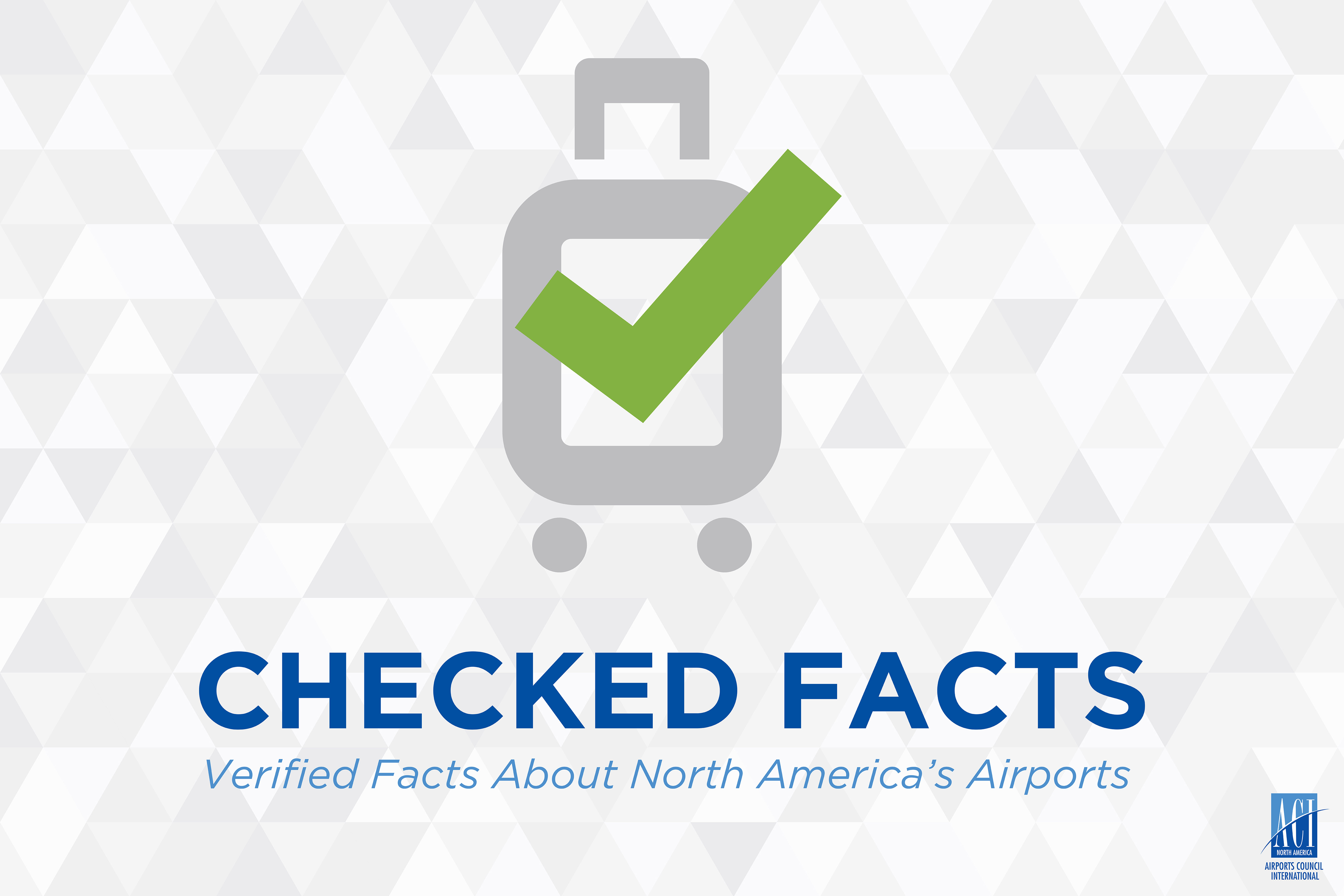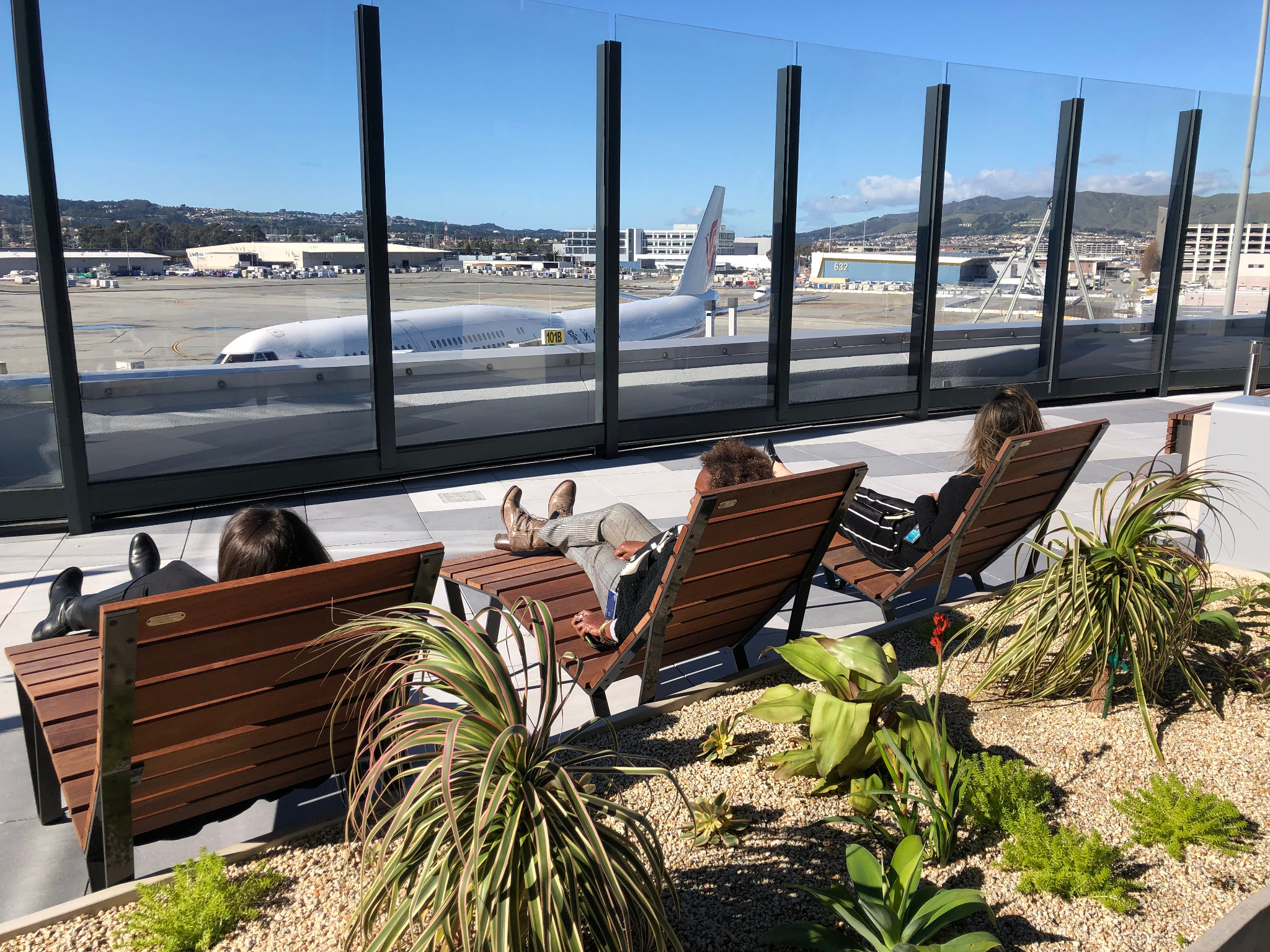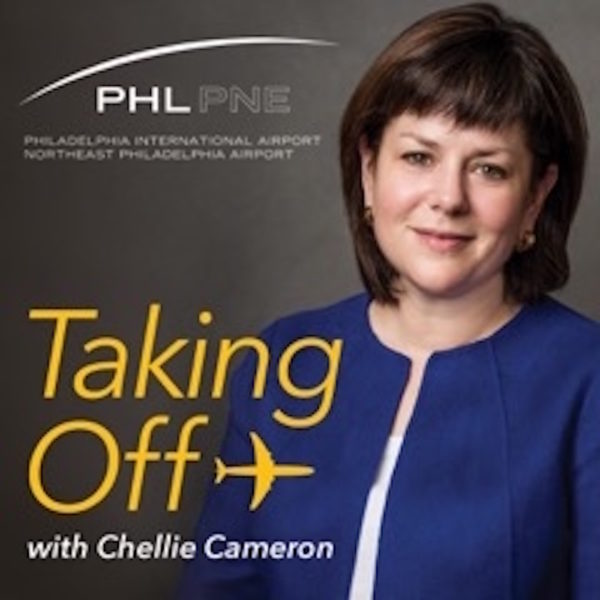For some, Labor Day (or Labour Day for our readers in Canada) is a much needed long weekend culminating with a festive backyard cookout. For others – our industry included – Labor Day weekend marks the end of another record breaking summer travel season.
At its core, Labor Day is a time to recognize the important contributions of a productive workforce to communities and economies. Today, we celebrate the nearly 1.5 million people working at airports across North America who make flight possible.
The aviation industry workforce extends far beyond pilots, flight attendants, and baggage handlers. Airports are proud to employ innovative leaders from all of the disciplines found at a Fortune 500 company. From accounting to IT and real estate to business development, an airport represents a full ecosystem of professionals.
Managing a workforce as diverse and complex as that of an airport is tricky. It might even be the biggest challenge of our time, says Candace McGraw, CEO of the Cincinnati / Northern Kentucky International Airport (CVG) and Chair of ACI-NA.
“I think the issue of workforce development and talent development is a huge challenge to us all,” McGraw said. “Historically, we in the airport business are focused on air service development, contracts and leasing, operations and planning for the future physical footprint of our spaces. As much as we focus on the infrastructure of the runways, taxiways, etc., I think we need to double-down on our human capital infrastructure.”
That’s why CVG launched a strategic workforce collaborative late last year.
“We have brought together all the airport employers, from the air cargo side to the passenger airlines and everyone in between, to talk about the issues on which we can collaborate today to achieve real results—exposing young people to careers in aviation, solving the ever-stubborn issue of better connecting people to their jobs, and creating aviation career pathways on airport, and more,” McGraw said.
One of the key components of CVG’s workforce initiative includes the inclusion of military veterans who will transition into the civilian workforce at the end of their service. By including the successful Edge4Vets program into their initiative, CVG is able to tap into a highly skilled and trained talent pool.
In 2014, ACI-NA partnered with Edge4Vets with the shared goal of connecting veterans with airports to place them in careers that utilize the valuable skills they learned while serving in the military. At these workshops, Edge4Vets also teaches military veterans the skills they need to market their skills and themselves to civilian employers. Many veterans do not know how to search for civilian jobs and how to communicate with employers after they leave the military.
“Many veterans have valuable skills that are beneficial to employers, but they sometimes have difficulty selling themselves,” said Tom Murphy, Edge4Vets’ founder. “People serving in the military learn to work as a team and they sometimes don’t think in terms of their individual accomplishments and skillsets.”
While the Edge4Vets program continues to grow across the United States with several successes, the program recently launched in Canada. Edmonton International Airport (YEG) hosted the nation’s first Edge4Vets workshop in May of this year.
“Edge4Vets is such a win-win program because it not only helps to expand the skilled workforce available to our aviation industry, it also provides rewarding careers to those who have served and protected our country,” says YEG’s President and CEO Tom Ruth.
The success of Edge4Vets speaks directly to the needs of airports as they plan their workforce for the future. Ensuring airports have the right team with the right talents at the right times requires coordination and collaboration across the airport complex.
“Even if technology shifts the world of work for different types of jobs, we must have qualified, skilled people in all of our regions to support all the functions that thriving airports require,” McGraw said.” This is true for training the right people for leadership roles as much as it is to think about those front-line positions.”
Get Involved
Is your airport interested in becoming an Edge4Vets partner? Airports across North America are partnering with Edge4Vets and ACI-NA to help connect veterans to aviation careers. Current participants include GSP, LAX, HOU, MIA, JFK, CVG, YEG and more.
Contact Tom Murphy to learn more about hosting a workshop in your community. Edge4Vets is offered by the Human Resiliency Institute at Fordham University. Learn more here.



 ABOUT BEN STORY
ABOUT BEN STORY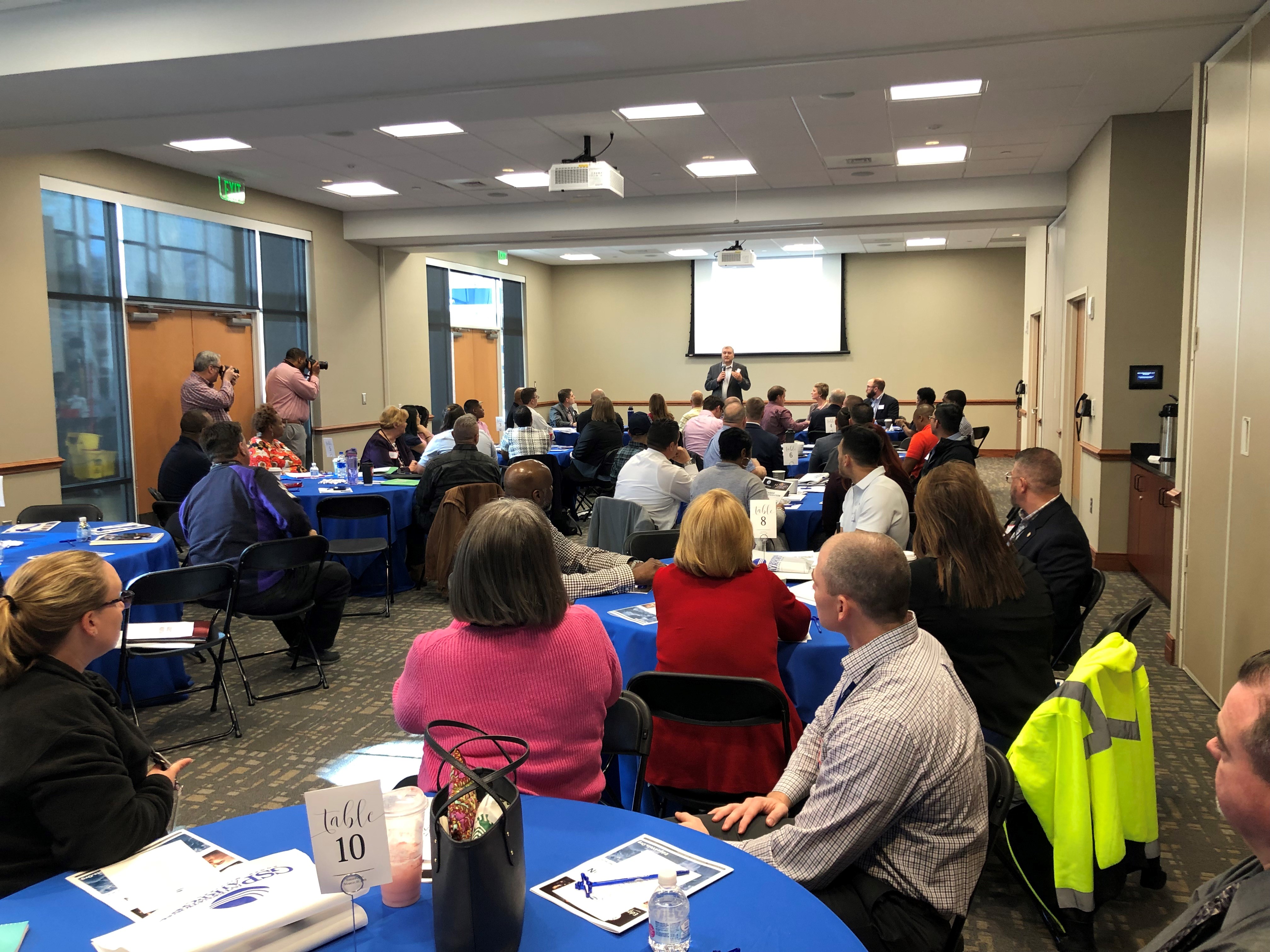

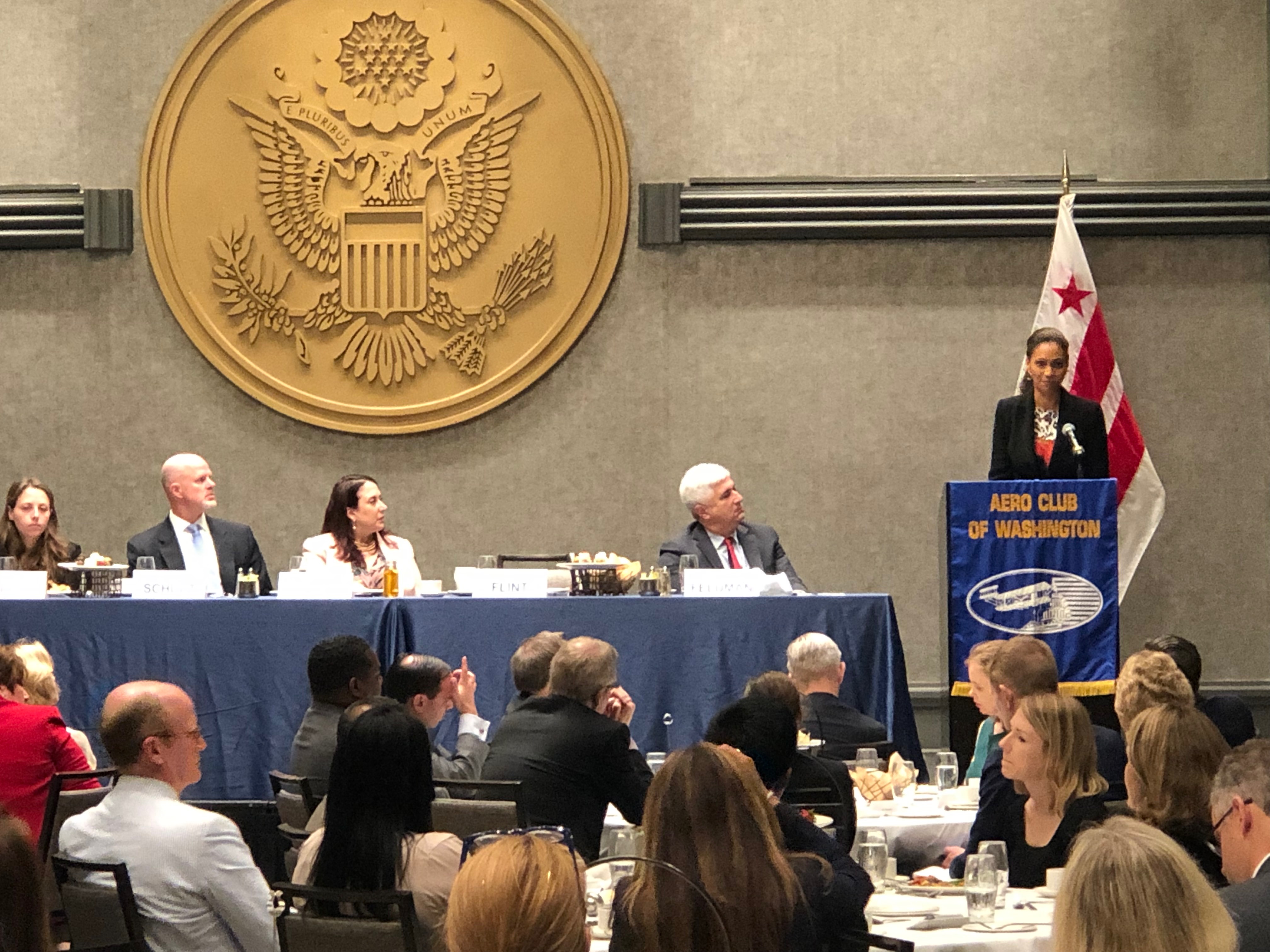
 Last week, Los Angeles World Airports Chief Executive Officer Deborah Flint addressed the Washington Aero Club at a lunch event in Washington, D.C. In her speech, Flint described Los Angeles International Airport’s (LAX) current $14 billion investment project and how it will help to relieve congestion and improve the LAX travel experience for passengers.
Last week, Los Angeles World Airports Chief Executive Officer Deborah Flint addressed the Washington Aero Club at a lunch event in Washington, D.C. In her speech, Flint described Los Angeles International Airport’s (LAX) current $14 billion investment project and how it will help to relieve congestion and improve the LAX travel experience for passengers.


